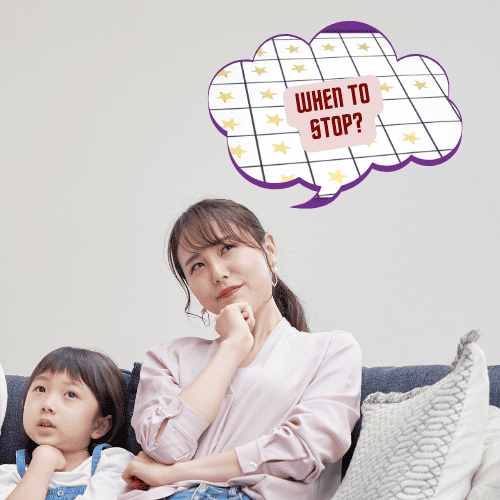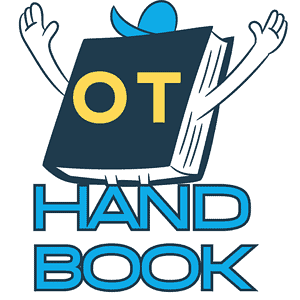
Toilet training is a significant milestone for children and their parents.
It can be challenging for parents to navigate the best approach to toilet training and achieve success with minimal frustration.
One common technique parents use to encourage successful toilet training is reward charts.
While reward charts can be effective in the short term, it is essential to phase them out gradually to promote long-term success.
The idea behind this is that eventually, you want your child to learn to use the toilet and exhibit good bathroom habits without needing a reward chart to guide their behavior.
You want to make sure that your child is still motivated and encouraged to exhibit good behavior but that they are also learning to do so independently, without needing a reward chart to guide them.
Instead of using a reward chart, you can use other methods to encourage continued good behavior.
Here are five ways on how to gradually stop the use of a reward chart in toilet training:
1. Increase the time between rewards

One of the ways you can phase out the use of a reward chart is by gradually increasing the amount of time between rewards.
For example, if you give stickers every day, start giving stickers every other day or every few days.
Or, if you give rewards at the end of every week, you can give rewards every 2 weeks.
2. Positive reinforcement

Positive reinforcement could involve giving your child verbal praise or a high five when they successfully use the toilet or progress towards their goals.
You can replace tangible rewards with verbal praise or other positive feedback. For example, instead of giving a sticker, say, “Great job!” or “I’m so proud of you!”
Introducing other forms of positive reinforcement will help your child understand that they are still doing a good job, even if they don’t receive a tangible reward.
3. Natural consequences

Next, you can shift towards using natural consequences to encourage continued good behavior.
For example, if a child has an accident, the natural consequence is that they will feel wet or uncomfortable.
This natural consequence can be used to encourage the child to use the toilet instead of having an accident.
Click here if you want to learn more about how to use natural consequences to phase out the use of reward charts in toilet training.
4. Encourage feeling of responsibility

Explain to your child that they are now a “big kid” and have learned to use the toilet like an adult.
This will help them feel proud of their accomplishment and encourage them to continue using the toilet without needing a reward.
5. Use the reward chart for other tasks

Consider setting up a reward system that is not related to toilet training.
For example, you could create a reward chart for completing chores, completing school works or demonstrating good behavior.
This will help your child transition away from the toilet training reward chart and focus on other areas of development.
When should you start phasing out the use of a reward chart?

As your child becomes more skilled and comfortable with toilet training, you should reduce your reliance on the reward chart to motivate and reinforce their good behavior.
By gradually phasing out the chart, you are helping your child transition to a more self-reliant approach to toilet training.
Conclusion
Phasing out a reward chart should be gradual and take place over time.
It may take some time for your child to adjust to a new system.
Therefore, it is important to be patient and consistent and continue encouraging and praising them for using the toilet without needing a reward chart.
With time and practice, your child will become more confident and independent in toilet training.
I hope this article is helpful to you, and if you like it, you may check out my other articles from this blog. Thanks for visiting my blog!


